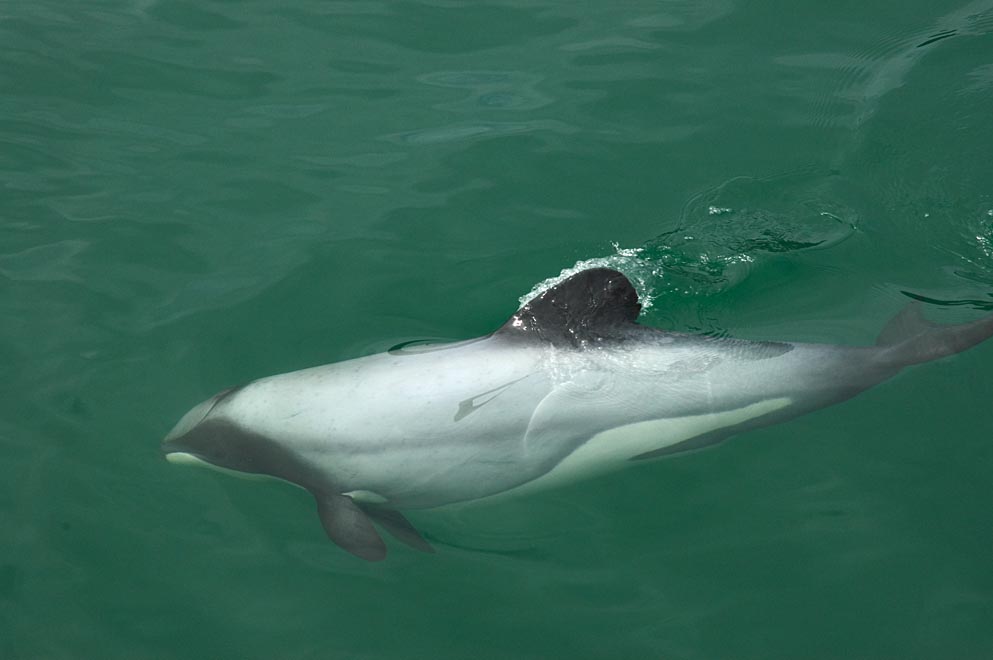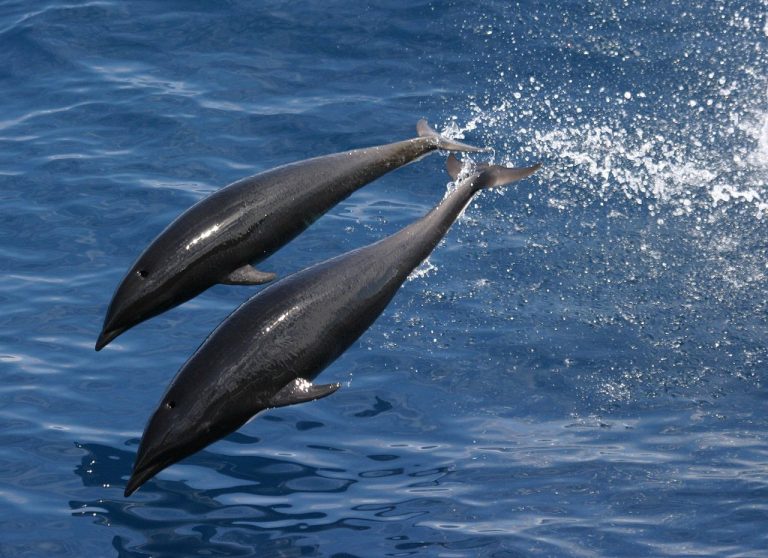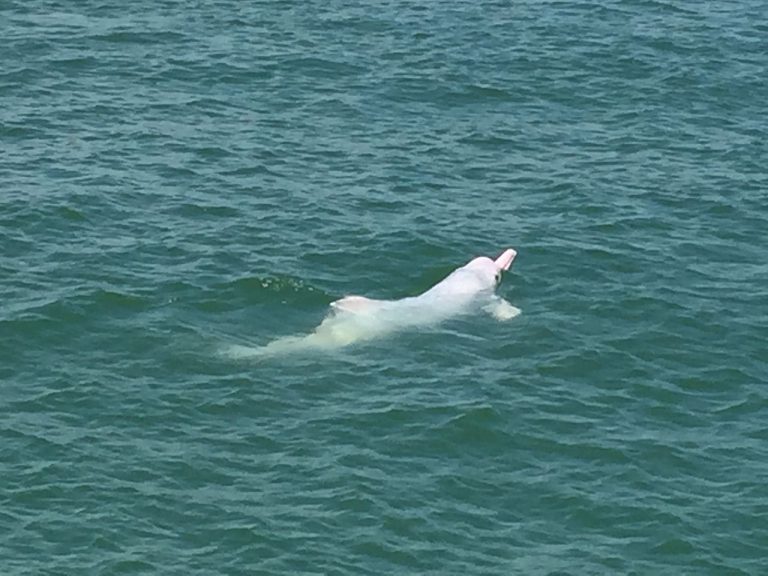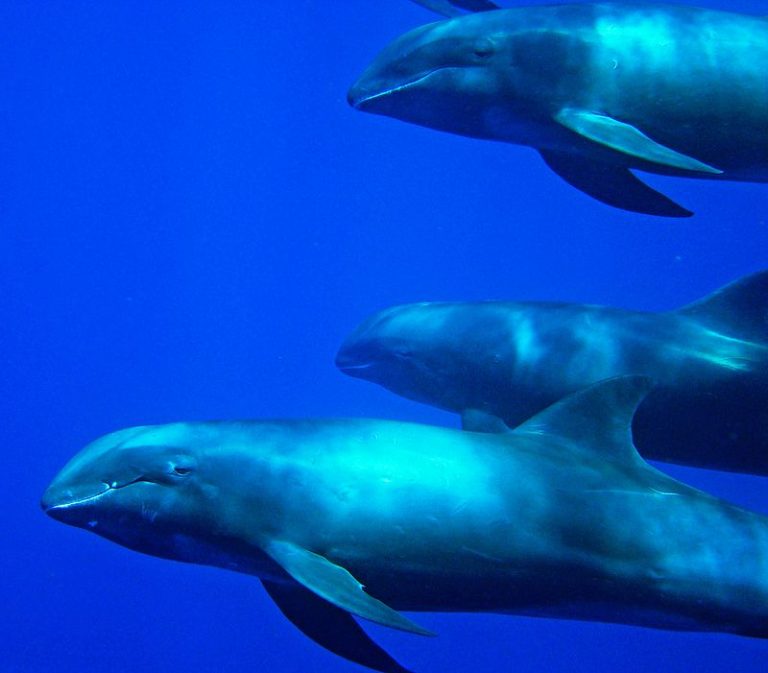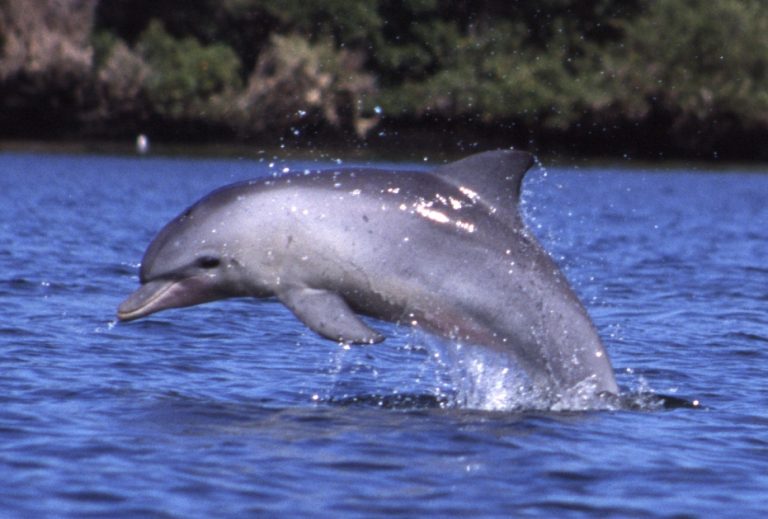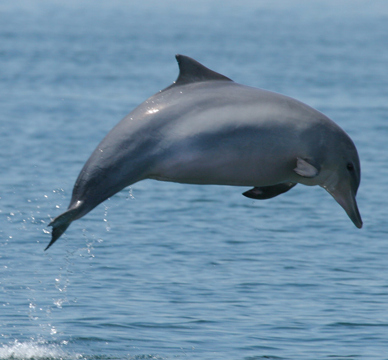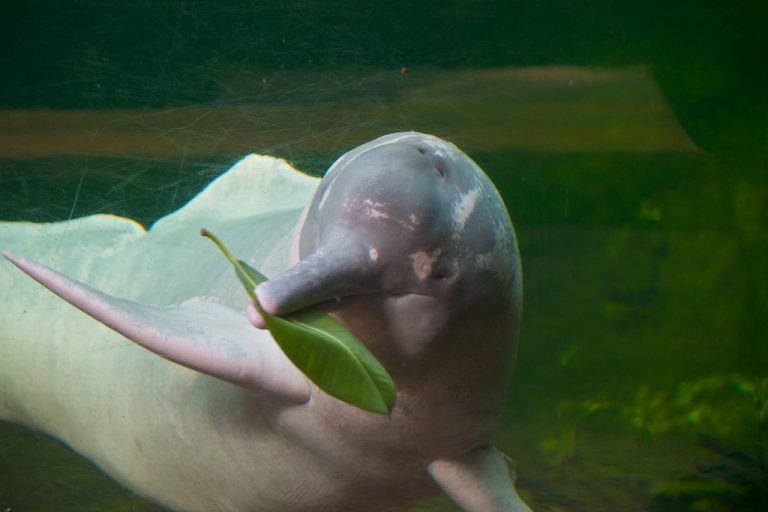Species Profile: Hector’s Dolphin
The Hector’s dolphin is a native New Zealand dolphin and the rarest and smallest of dolphins in the world.
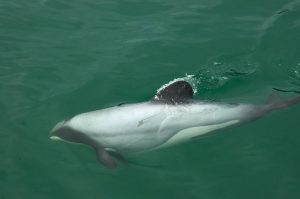
The Hector’s dolphin is the only dolphin native to New Zealand and also the smallest in body size of all dolphins worldwide.
They have small rounded heads and a distinct tear-drop shaped dorsal fin, and flat flippers. Their upper body is usually black or gray with a white under-belly.
These are social creatures often seen moving and playing together in groups of two to as many as fifty individuals.
The Hector’s dolphin suffers immensely from entanglement in fishing nets and the problem is so severe that one of the subspecies, the Maui dolphin, has just 55 adults left in the wild.
1) Scientific Name
Cephalorhynchus Hectori
2) Scientific Classification:
- Kingdom: Animalia
- Phylum: Chordata
- Class: Mammalia
- Order: Artiodactyla
- Family: Delphinidae
- Genus: Cephalorhynchus
3) Life Expectancy
Hectors Dolphins have a life expectancy of around 23 years.
4) Average/Maximum Length
This is a small-sized species. Female dolphins are longer than male dolphins. Average length of adult dolphins is around 1.5 meters.
5) Average/Maximum Weight
The dolphins weigh from 40 to 60 kg (88 to 132 lbs.). Their weight at birth is less than 10 kg (22 lbs.)
6) Maximum Swimming Speed
Not documented although dolphins generally swim quite fast due to their streamlined body shape.
7) Interaction With/Danger To Humans
These dolphins often follow fishing boats in hopes of catching the fish that escape the nets of fishermen. While the dolphins are not known to cause harm to humans, they often get trapped in fishing nets which causes loss of dolphin population.
Individuals of this species are known for their playful behavior, such as leaping out of water and chasing after each other. However, dolphins accompanied by calves are less likely to approach boats. Dolphins often approach boats carrying tourists out of curiosity, but will lose interest soon and stop following the boats.
They are not a threat to human swimmers and they generally prefer to avoid swimmers.
8) Reproduction Details
The Hector’s dolphins have a lower reproduction rate and slower reproductive cycle when compared to many other mammals.
Female dolphins reproduce when they are around 8-9 years old. They can give birth to one calf every 2 or 3 years. This is another reason for the decline in the population of the Hector’s dolphin. Male dolphins would be around 5-9 years of age when they mature sexually.
Like other mammals, they give birth to live young.
9) Diet/Hunting Pattern of Hector’s Dolphin
These dolphins are general feeders: they select their prey based on its size rather than species. They feed on cod, herring, yellow eyed mullet, arrow squid, benthic fish and other similar species.
The Hector’s dolphin also uses echolocation to detect prey. Their range is limited though, compared to other species of dolphins and therefore they cannot detect prey at greater distances. This species can often be seen hunting in groups.
The major predators of Hector’s dolphin include humans, orcas (killer whales), and different species of sharks.
10) Alternative Names (Maui Names)
- Tutumairekurai
- Tupoupou
- Popoto
11) Population And Conservation Status
There are currently estimated to be around 10,000 of these dolphins around today. This is a severe reduction from their population in the 1970s when they were estimated to be more than 30,000 in number.
This species presents a challenge to conservation efforts due to the isolated nature of the dolphins. They live in small groups. Also, these groups are segregated based on sex. Thus, chances of mating are reduced thereby affecting their chances of repopulating.
Isolation of the dolphins can also occur due to seasonal migration patterns where some groups stay at one location throughout the seasons and other groups move away. In addition, other threats come from human fishing practices. In such instances, the Hector’s dolphin often get caught in fishing nets.
The New Zealand government has proposed banning fishing in some of the areas frequented by the dolphins and pushed for alternate fishing practices. Pollution is also another problem these sea mammals face as heavy metal pollutants cause further deterioration in the reproductive cycles of the dolphins.
The Hector’s dolphin is classified as Endangered by the IUCN, while the Maui subspecies is Critically Endangered.
Death by entanglement in fishing nets accounts for over 95 percent of death in the Maui dolphin subspecies.
12) Ancestry And History
This dolphin got its name from the first person to ever examine a specimen: the late Sir James Hector who was a one-time curator of the Colonial Museum in Wellington (later named the Museum of New Zealand Te Papa Tongarewa).
This is the only dolphin native to New Zealand. There are two subspecies: Cephalorhynchus Hectori Hectori (Hector’s dolphin) and Cephalorhynchus Hectori Maui (Maui’s dolphin).
Cephalorhynchus Hectori Hectori is the more abundant species of the two and you can find them around the South Island, while Cephalorhynchus Hectori Maui is very rare and is seen more around the northwest coast of the North Island.
13) Distribution And Habitat
These dolphins are found in the coastal waters around New Zealand. Hector’s dolphins are found in shallower seas, not deeper than 100 meters. They can travel more than 30 miles from the coast.
However, some dolphins may prefer to remain close to the coast, particularly in summer when prey is near the coastal areas.

